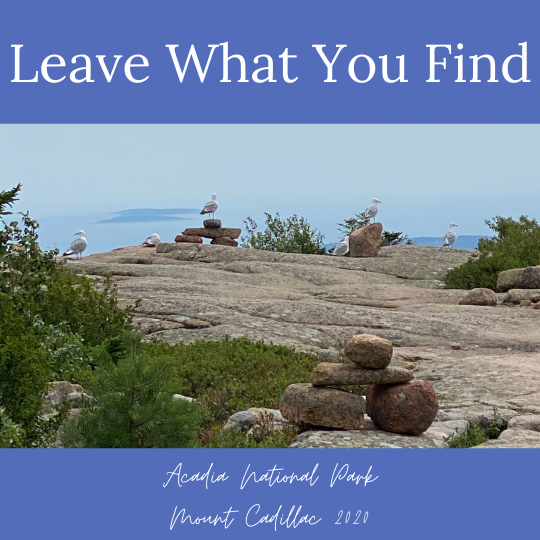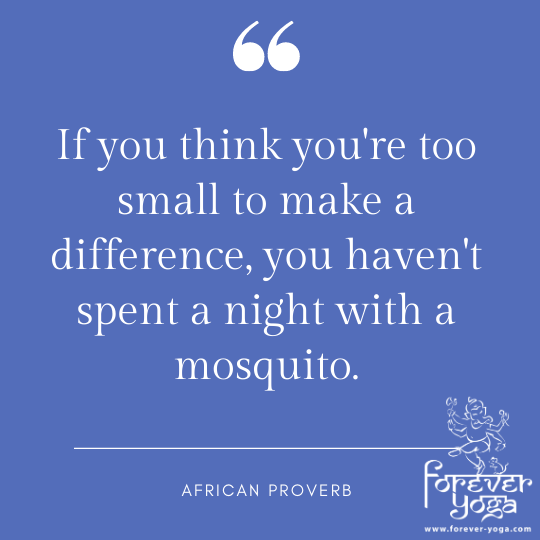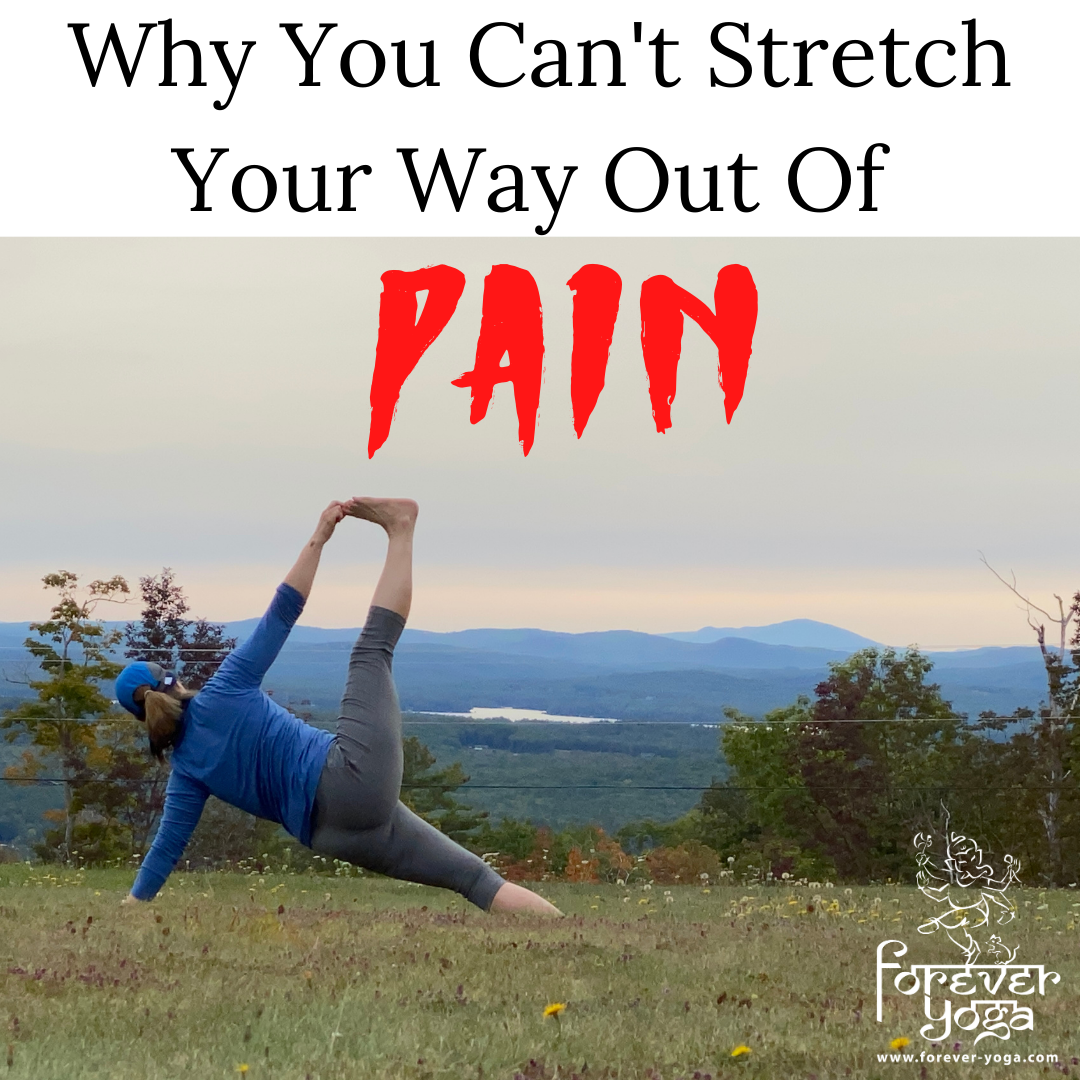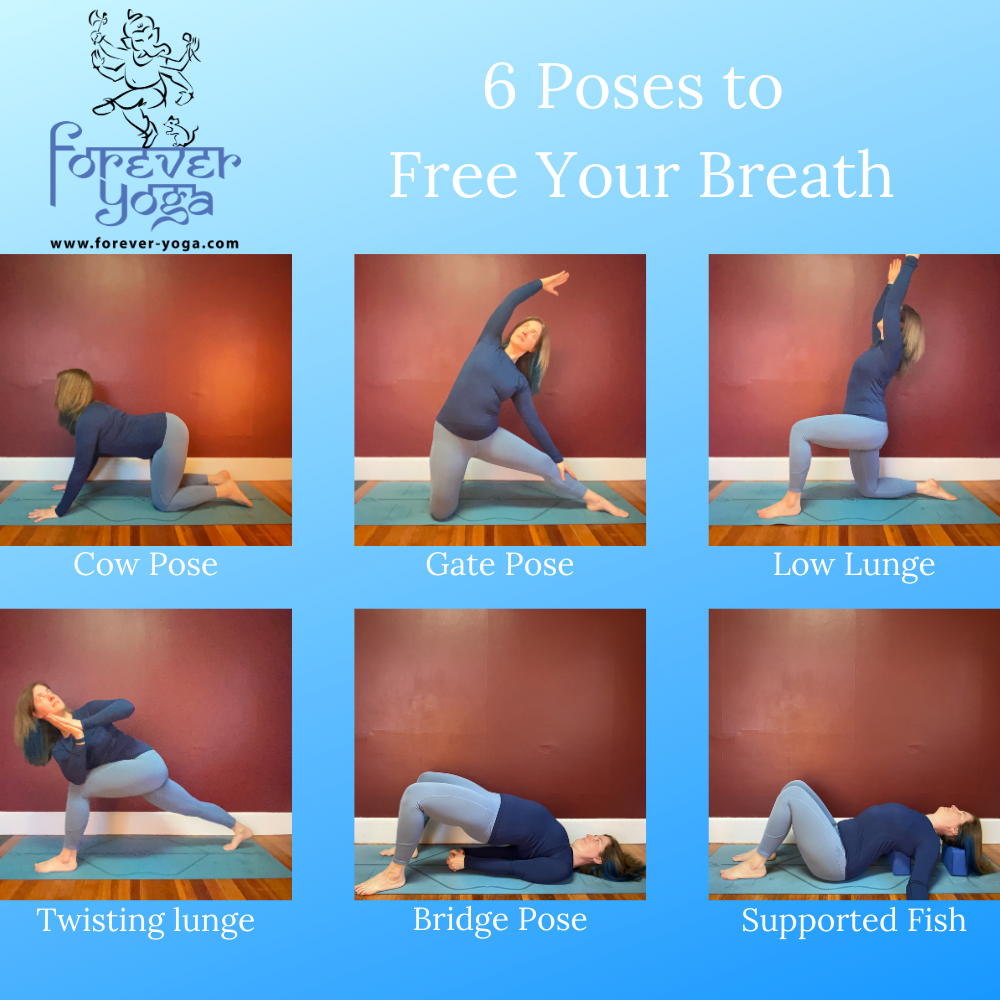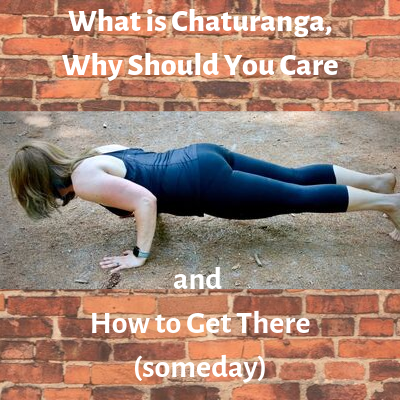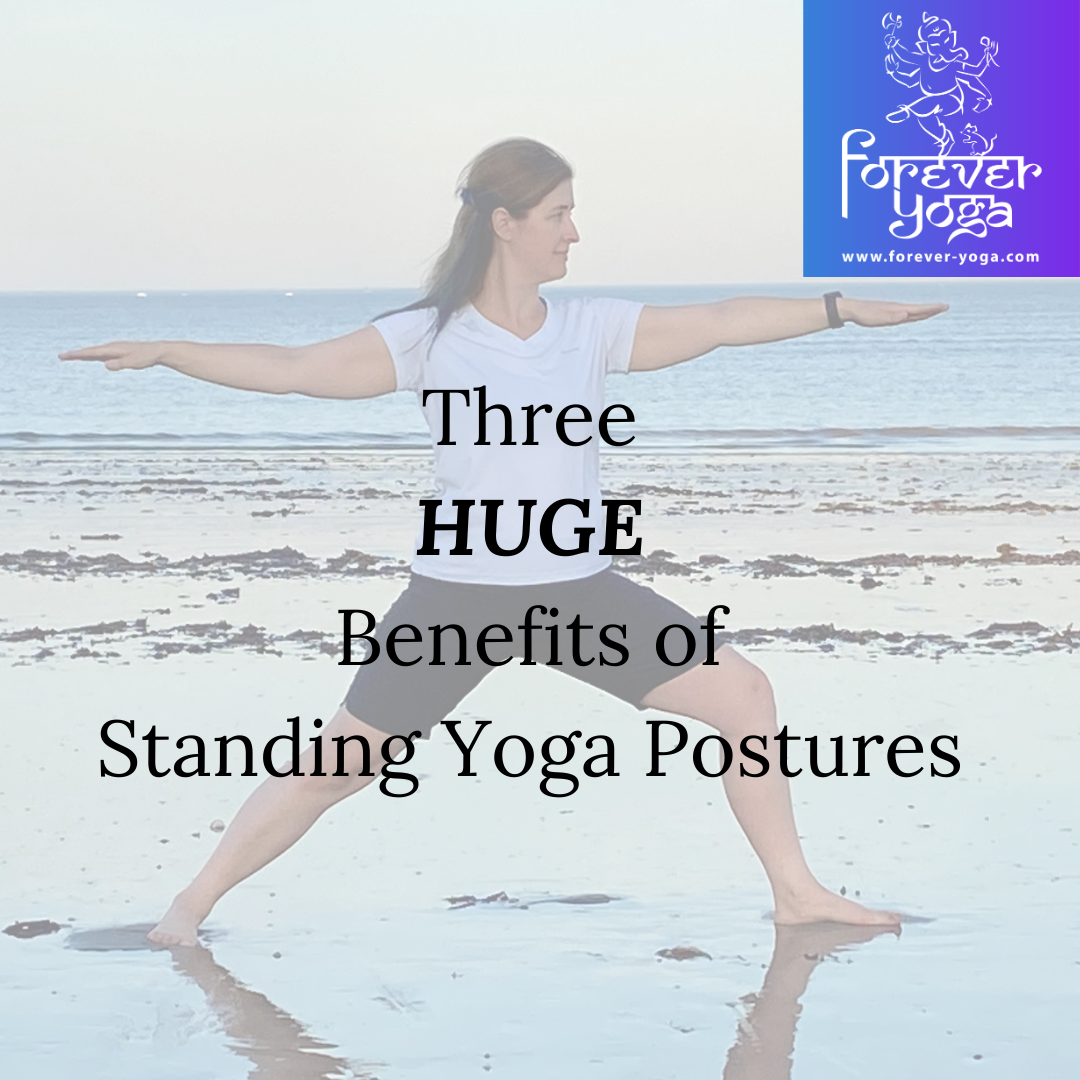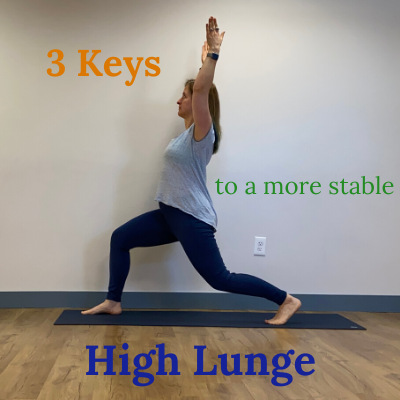Leave No Trace is a Form of Ahimsa
/One of the good things, in my mind, to come out of the pandemic is the number of people that are reconnecting to public lands and outdoor spaces. Given the extra hours all of us have been spending in front of screens to find safe forms of connection to others, to learn, to take a yoga class and so much more, time away from screens in the three dimensional world is all the more important. But if you’re going back into nature for the first time in awhile (or the first time), you may not understand the impacts of your presence. In this post I’ll give you a few ideas and some information that might help you draw your awareness practices from yoga out into your interaction with the outdoor world so that you can see the connection between Ahimsa and Leave No Trace and make your interactions with nature less negatively and more positively impactful.
Yoga is, in so many ways a practice of awareness. One of the most important points of awareness we can have, especially these days, is our impact on our natural world and outdoor spaces. Yoga philosophy goes beyond the physical postures and addresses our mental and emotional interactions with ourselves and others. Many people often describe these principles as the ethical principles of yoga because they guide our interactions and are a code of conduct. Ahimsa is a foundational tenant of yoga philosophy that asks us to do no harm to the best of our ability. That includes our thoughts, words, deeds and actions. Without awareness, none of that is possible.
Leave No Trace principles explain how we can bring more awareness to and minimize our impacts on nature, whether we’re spending time in the “backcountry” or the “front country”. Practicing these principles keeps our wild spaces wild, leaves things for others to experience as we got to experience them and may even encourage us to leave those spaces BETTER than when we arrived. They are also an ethical code in that they guide our interactions and conduct, specifically with the natural world in this case. Many of them may seem obvious when you look at them, but as with yoga, when you dive deeper into the details and can be truthful with yourself, you’ll find that there may have been things you missed along the way. The seven principles are:
Plan ahead and Prepare.
Travel and Camp on Durable Surfaces
Dispose of Waste Properly
Leave What You Find
Minimize Campfire Impacts
Respect Wildlife
Be Considerate of Other Visitors
(© 1999 by the Leave No Trace Center for Outdoor Ethics: www.LNT.org)
So in my mind, Leave No Trace is a form of Ahimsa. Both give us ethical guidance on how to interact with our world outside of ourselves. Both ask us to be kind and consider others whether that’s other people that we’re sharing the environment with or the plants, animals, etc. we may encounter when we’re outside. Both ask us to bring greater awareness to the impact of our actions from a perspective outside of ourselves and our immediate needs. And both ask us to recognize that when we are aware of our actions through thought, word and deed we can have great positive impact on our world.
To inspire you to learn more about and put LNT into practice, here are some ideas, experiences, information and thoughts that I’ve been sharing recently on my social media channels. In preparing each of these, I certainly learned a few things along the way! I hope you enjoy some of the pictures from my outdoor adventures too!
Plan Ahead and Prepare
I had a conversation with my Dad on my way home from a recent hike where he was surprised to find out I had a complete change of clothing in my pack. I was hiking Mount Jackson, a 4000 footer here in NH and a place like many in the White Mountains where conditions can change on a dime and one false step might mean waiting for search and rescue. When I told my Dad I packed to stay overnight if I had to, he suddenly understood. While you might not be climbing mountains, even when you go out to the local park, a sudden change in weather, a wrong turn or an accident may have an impact on not just yourself, but that park you’re enjoying. So be sure to plan ahead and consider what you might need if you had to be out there longer than expected.
Travel and Camp on Durable Surfaces
It’s what we all affectionately refer to as Mud Season here in New England and it’s a time when we may be having impacts on our local trails more than we might think. Some places in NH and VT actually “close” trails this time of year because most of us don’t really want to walk through that big puddle of muck that’s right in the middle of our path. But when we walk off the designated path we may be trampling plants that will never grow back and “blazing a trail” for the person behind us that was never meant to be there. With so many people trying to get outside these days due to the pandemic we’re seeing this impact on a lot of places. So the next time you come up to a mud puddle in the trail, knowing that you already planned ahead for it, channel your inner child and just jump right in!
Dispose of Waste Properly
I know many of my students are dog owners and lovers (and you know I love dogs too), so I thought a reminder about dog poop in the outdoors might be helpful for y’all. Leave No Trace Center had some very interesting facts about why this is so important in a recent instagram post. We all know it’s unsightly, but there are far worse impacts.
The high nutrient value in dog food when left behind in dog poop and leached into streams from run off can cause algae blooms. Dog poop can have all sorts of bacteria and disease vectors that find their way into waterways in the same way. Thousands of POUNDS of poop get left behind in parks every year all across the country. No one’s saying you’ll always be perfect, but if you do plan ahead to pick up fido’s droppings you’ll be doing Mother Nature a solid (sorry, had to get a poop joke in there somehow! 😂💩)
Source: https://www.instagram.com/p/CJZMBzijsM9/
And please, please don’t leave that poop bag behind and think you’ll get back to it later. Things happen! Take it with you now!
Leave What You Find
I’m particularly guilty of this one, but we’ve all done it. You pick up that one cool rock you found on the trail and take it home with you as a souvenir of your time outside. Now imagine that the person after you does that. And the next one. And the next one. If not a rock, maybe a flower. Or an acorn. It seems like such a little thing. How could it possibly be that big a deal? One of my favorite little quotes is shown here. We can choose to do small things for the greater good or the opposite. Which will you choose next time you’re outside enjoying our amazing outdoor spaces?
Respect Wildlife
“A fed bear is a dead bear.” 😢
This is a sad but true saying I’ve heard a lot in the hiking community. We all know to bring in the bird feeders in the spring because Yogi (see what I did there 😉) is looking for his free lunch. But if you head out to a state park or other campsite in the warmer months it’s really something to think about there too. Most campsites in parks (not backcountry) have wash sinks and dumpsters just for this reason - to control food and waste smells to certain areas. And while it may not seem like a big deal to wash out a pot or plate and toss the dishwater into the woods or to leave the ketchup on the picnic table overnight, the food smells can attract all sorts of animals and make the next person’s experience a little “hairy-er”. Some estimates say that a bear’s sense of smell is 7 times better than a blood hound!! Let’s let Yogi find his own lunch, shall we?
(Picture is the closest encounter I’ve ever had with the biggest bear I’ve ever seen in GSMNP in 2019! Video will be posted to social media on 4.24.21 if you’d like to see the bear in action!)






